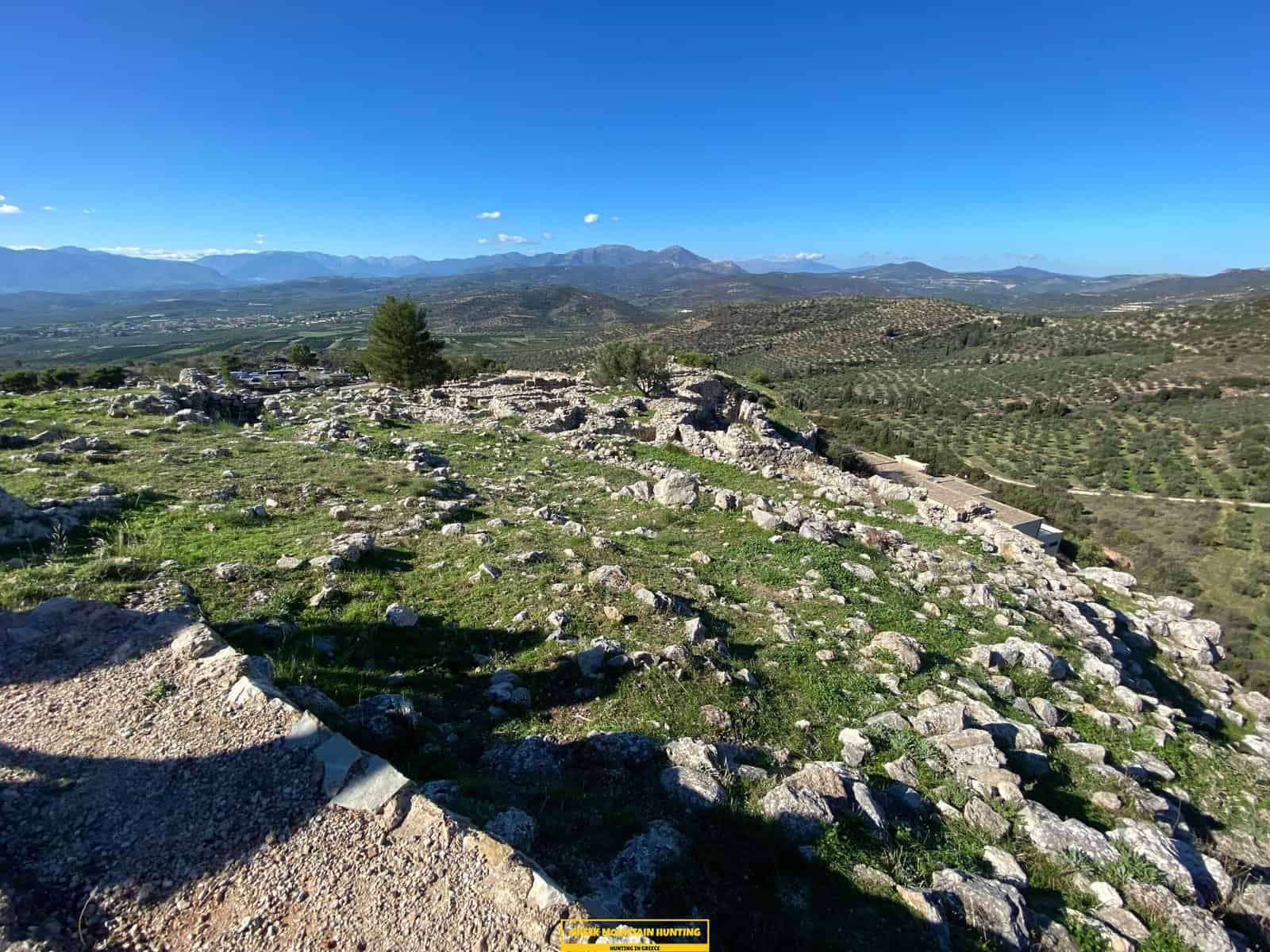Searching as well as free diving, fishing on the Greek islands
Searching as well as free diving, fishing on the Greek islands
Blog Article

To many people, The Peloponnese peninsula on the Greek Mainland is the 'genuine' Greece, where points have actually not altered much whatsoever over the centuries despite the fact that many individuals have actually uncovered it. This is an area where you can easily invest a month, however if you are short on schedule then our outdoor searching, Fishing, free diving and also visiting Peloponnese Tours from Methoni is a fantastic option. Join us as we discover all that this historic and attractive region needs to use!

Searching Kri-kri Ibex on Sapientza island can be a tough and also challenging job. The terrain is tough, with sharp, jagged rocks that can conveniently leave you shoeless after just two trips. Furthermore, firing a shotgun without optics can be rather challenging. The quest is absolutely worth it for the possibility to harvest one of these magnificent animals.
The first thing you will certainly see when you show up in the Peloponnese peninsula is the stunningly attractive landscape. The hills, rivers, lakes, as well as woodlands make this area a nature enthusiast's heaven. There are also plenty of possibilities for treking, fishing, swimming, and other outside tasks. But the Peloponnese peninsula is not practically its natural beauty; there are likewise countless historic and cultural sites to explore. Don't forget likewise angling, free-diving as well as searching. A few of one of the most prominent traveler locations in the Peloponnese consist of old Olympia, Epidaurus, Mycenae, and also Sparta. These destinations provide an interesting glance right into Greece's abundant background as well as culture. If you want discovering more about Greek folklore, after that you will absolutely wish to go to Mount Olympus, house of the 12 Olympian gods. Obviously, no trip to Greece would be total without trying several of the tasty food. The Peloponnese peninsula is residence to several of the very best olive oil worldwide as well as feta cheese, olives, honey, and red wine. Make certain to attempt a few of the regional specializeds such as dolma (stuffed grape leaves), Souvlaki (grilled meat skewers), as well as Gyro (meat wrapped in pita bread).
Experience 'Real' Greece with Our Peloponnese Tours. If you're trying to find a genuine Greek experience, look no more than our Peloponnese trips. From old damages and castles to scrumptious food and also white wine, we'll reveal you whatever that this outstanding area needs to provide. So what are you waiting on? Book your trip today! Your Kri Kri ibex hunting in Greece is here!
What is the diference between Kri Kri ibex, Bezoar ibex and hybrid ibex
The kri-kri is not thought to be indigenous to Crete, most likely having been imported to the island during the time of the Minoan civilization. Nevertheless, it is found nowhere else and is therefore endemic to Crete. It was common throughout the Aegean but the peaks of the 8,000 ft (2,400 m) White Mountains of Western Crete are their last strongholds–particularly a series of almost vertical 3,000 ft (900 m) cliffs called ‘the Untrodden’—at the head of the Samaria Gorge. This mountain range, which hosts another 14 endemic animal species, is protected as a UNESCO Biosphere Reserve. In total, their range extends to the White Mountains, the Samaria National Forest and the islets of Dia, Thodorou, and Agii Pandes.
This Ibex is NOT a diminutive form of the Bezoar Ibex, which has migrated into the western-most reach of the range of this species. The kri – kri (Capra aegagrus cretica), sometimes called the Cretan goat, Agrimi, or Cretan Ibex, is a feral goat inhabiting the Eastern Mediterranean, previously considered a subspecies of wild goat. The kri-kri has a light brownish coat with a darker band around its neck. It has two horns that sweep back from the head. In the wild they are shy and avoid tourists, resting during the day. The animal can leap some distance or climb seemingly sheer cliffs.
“The agrimi goat Capra aegagrus cretica is unique to Crete and its offshore islands. It has been identi®ed as a sub-species of the wild bezoar goat Capra aegagrus aegagrus Erxleben, 1777, which it closely resembles in horn shape, body form and coloration. This classi®cation has been disputed by some researchers who claim that the agrimi are feral goats, derived from early domestic stock brought to the island by the ®rst Neolithic settlers. In order to clarify this issue, DNA analyses (cytochrome b and D loop sequences) were carried out on tissue of live and skeletonized agrimi and compared to sequences of wild and domestic caprines. Results conclusively show the agrimi to be a feral animal, that clades with domestic goats (Capra hircus) rather than with wild Asiatic bezoar. This study demonstrates that morphometric criteria do not necessarily re¯ect genetic af®nities, and that the taxonomic classi®cation of agrimi should be revised.”
Report this page